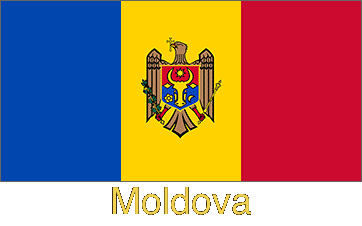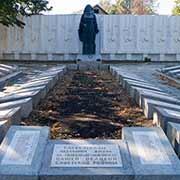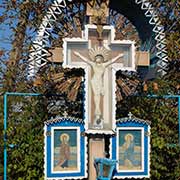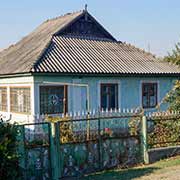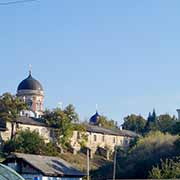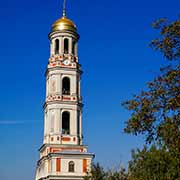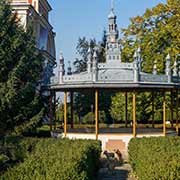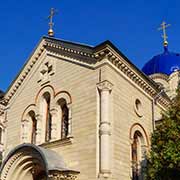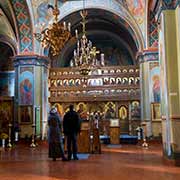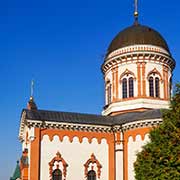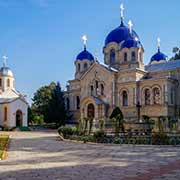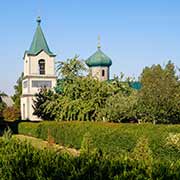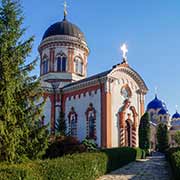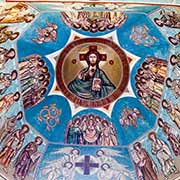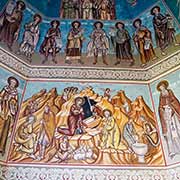Photos of Kitskany (Chițcani) and Noul Neamț Monastery, Transnistria, Moldova
Kitskany (Chițcani) and Noul Neamț Monastery, Transnistria
Kitskany (spelled Chițcani in Moldovan/Rumanian) is a village 9 kilometres south of Tiraspol. Although situated on the right (western) bank of the river Dniester, it is under the control of the breakaway Transnistrian authorities. Chițcani is one of the oldest recorded villages in Moldova, its history dating back to 1367. The name of the village means “shrews” in Romanian.
you may then send it as a postcard if you wish.
On the north-western side of the village is the Noul Neamț Monastery, an all-male Moldovan Orthodox monastery that was founded in 1861, when several monks from the Neamț monastery left and founded Noul-Neamț (New Neamț). Chițcani, like all of Bessarabia, had been part of the Russian Empire since 1812. It was restored to Moldavia in 1856 and united with Romania in 1859. The authorities of the United Principalities of Romania confiscated monastery estates and forbade the usage of Slavonic language in worship, and the monks founded their new monastery as a protest.
The monastery was closed in 1962 by the Soviet authorities, and the buildings were used as a hospital. The monastery church was reopened in 1989, and in 1990 the monastery recommenced its usual activity; in 1991, a Romanian-language school for Orthodox priests was opened. The churches, bell towers, and cells have been restored beautifully, and church life has resumed.


